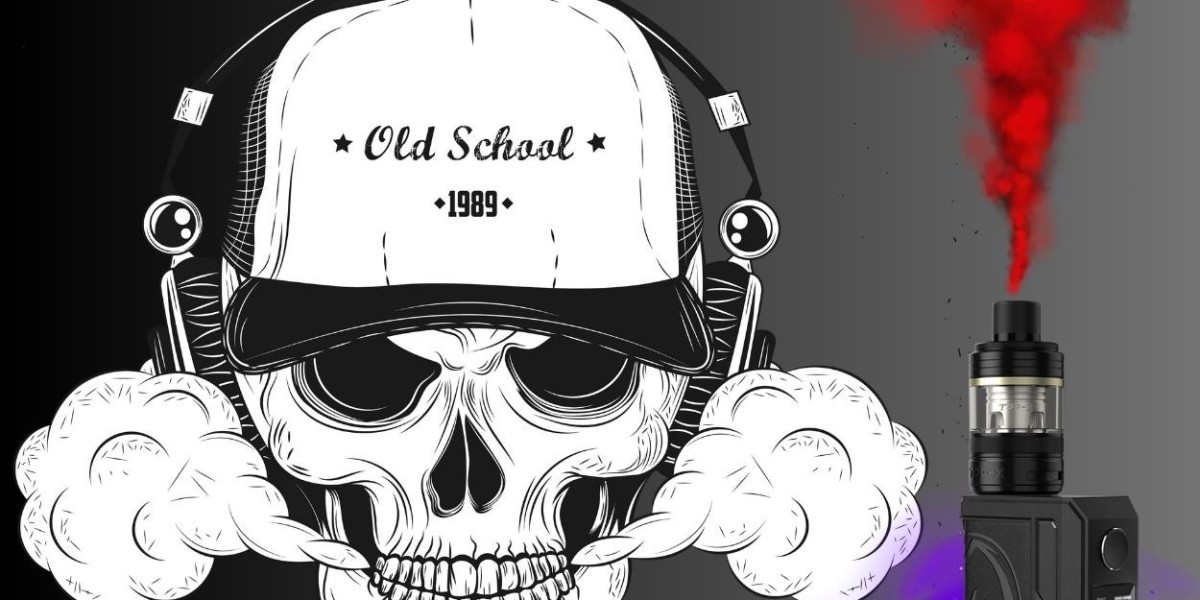Heated Tobacco products (HTPs) have emerged as an alternative to traditional smoking and vaping, offering a new approach to consuming nicotine. This guide aims to provide a detailed overview of Heated Tobacco, including its technology, potential health implications, and regulatory landscape.
What is Heated Tobacco?
Heated Tobacco, also known as heat-not-burn (HNB) products, involves heating tobacco to a lower temperature than conventional cigarettes. This process generates a nicotine-containing aerosol without burning the Heated Tobacco, which proponents claim reduces the production of harmful chemicals found in traditional cigarette smoke.
How Heated Tobacco Products Work
HTPs are designed to heat processed tobacco using a battery-powered device. The main components of an HTP device include:
- Heating Element: This heats the tobacco stick to a controlled temperature, typically between 250-350°C.
- Tobacco Stick: A specially designed stick containing processed tobacco, sometimes referred to as HEETS or HeatSticks.
- Battery and Electronics: These provide the necessary power and controls for heating the tobacco.
When the device is activated, the heating element warms the tobacco stick, producing an aerosol that the user inhales. Unlike e-cigarettes, which vaporize a liquid, HTPs generate an aerosol directly from the tobacco.
Types of Heated Tobacco Products
Several major tobacco companies have developed HTPs, each with its unique design and branding. Some of the popular products include:
- IQOS by Philip Morris International: Perhaps the most well-known HTP, IQOS uses HEETS tobacco sticks and a blade heating system.
- glo by British American Tobacco: This device heats tobacco sticks called NeoStiks using an induction heating method.
- Ploom TECH by Japan Tobacco International: A hybrid device combining vaporized liquid and Heated Tobacco capsules.
Potential Health Implications
One of the main selling points of HTPs is their potential to be less harmful than traditional cigarettes. By heating rather than burning tobacco, HTPs are said to produce fewer toxicants. However, it’s crucial to understand the nuanced health implications:
- Reduced Harm: Studies suggest that HTPs emit significantly lower levels of harmful chemicals like carbon monoxide and tar compared to combustible cigarettes.
- Long-Term Effects: The long-term health effects of HTPs are still under investigation. While they may be less harmful than smoking, they are not risk-free.
- Secondhand Exposure: Preliminary research indicates that HTP emissions may pose lower risks to bystanders compared to secondhand smoke from cigarettes.
Regulatory Landscape
The regulation of HTPs varies significantly worldwide. Some countries have embraced these products as part of a harm reduction strategy, while others maintain strict regulations akin to traditional tobacco products.
- United States: The FDA has authorized the marketing of certain HTPs like IQOS, but they are subject to rigorous premarket tobacco applications (PMTA).
- European Union: HTPs are regulated under the Tobacco Products Directive (TPD), which sets standards for product safety and marketing.
- Japan: HTPs are widely accepted and constitute a significant portion of the tobacco market, though specific health claims are tightly controlled.
Conclusion
Heated Tobacco products represent a significant innovation in nicotine delivery, offering an alternative to traditional smoking. While they may reduce exposure to harmful chemicals, users should be aware of the potential health risks and regulatory considerations. As research continues to evolve, informed decisions about using HTPs will hinge on a balanced understanding of their benefits and drawbacks.







